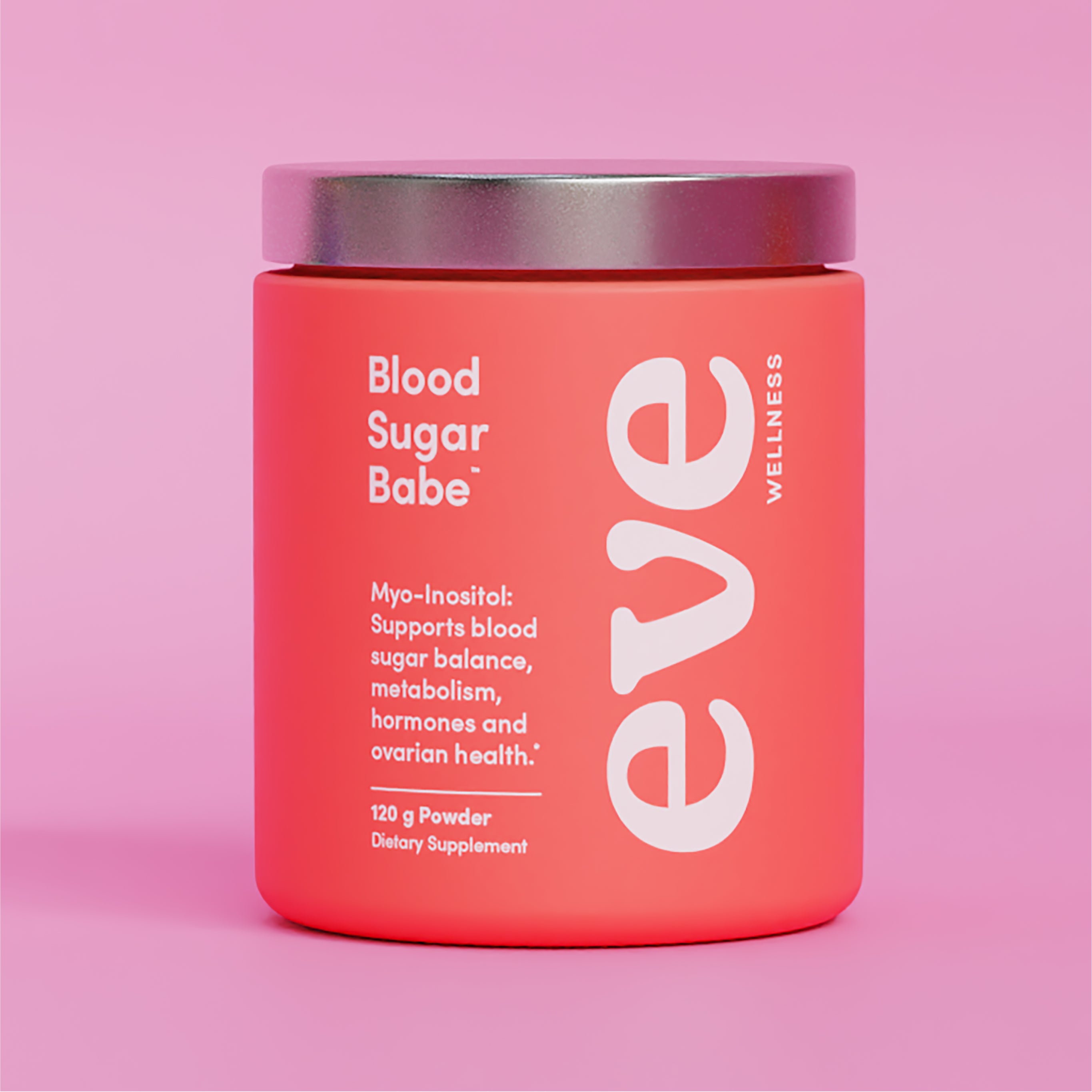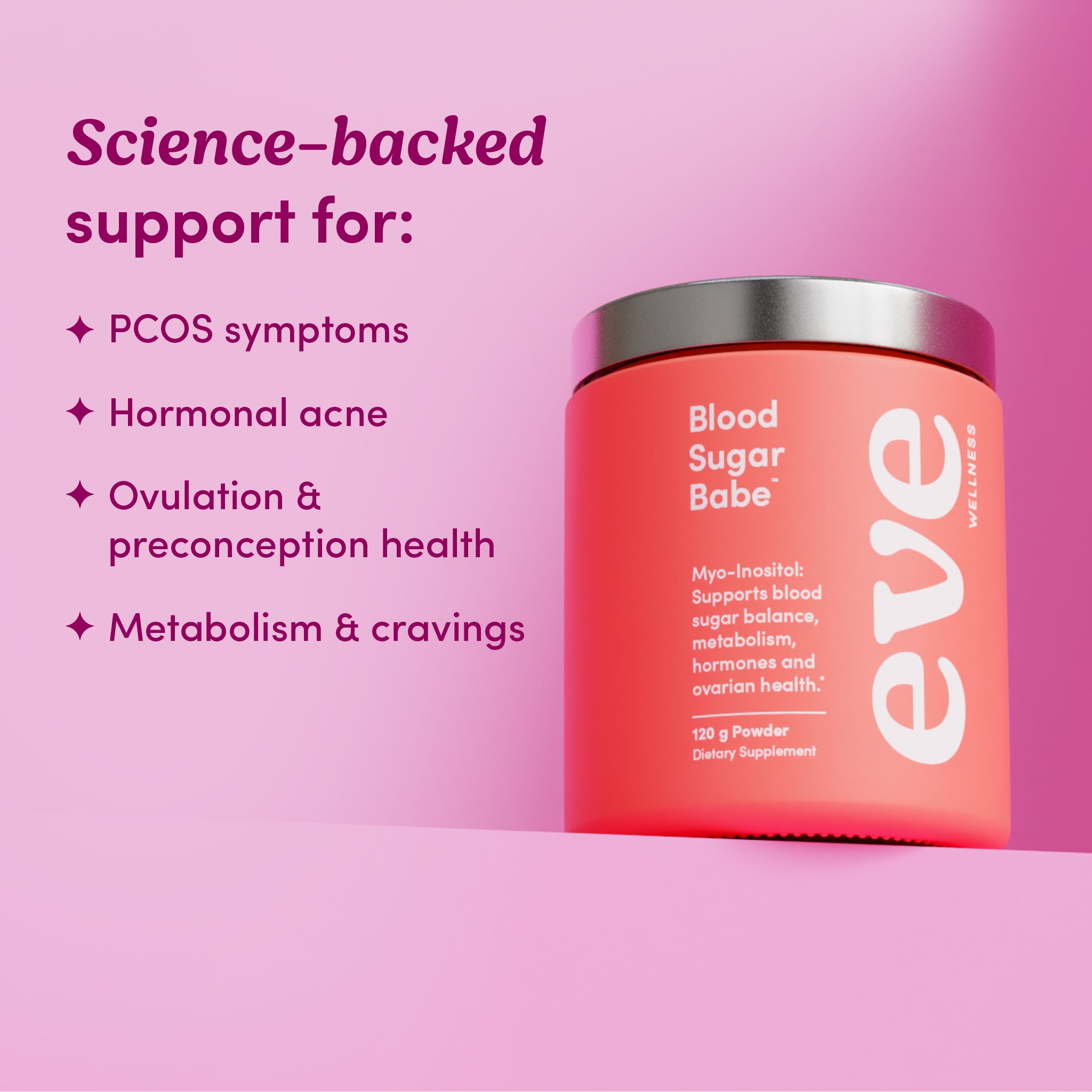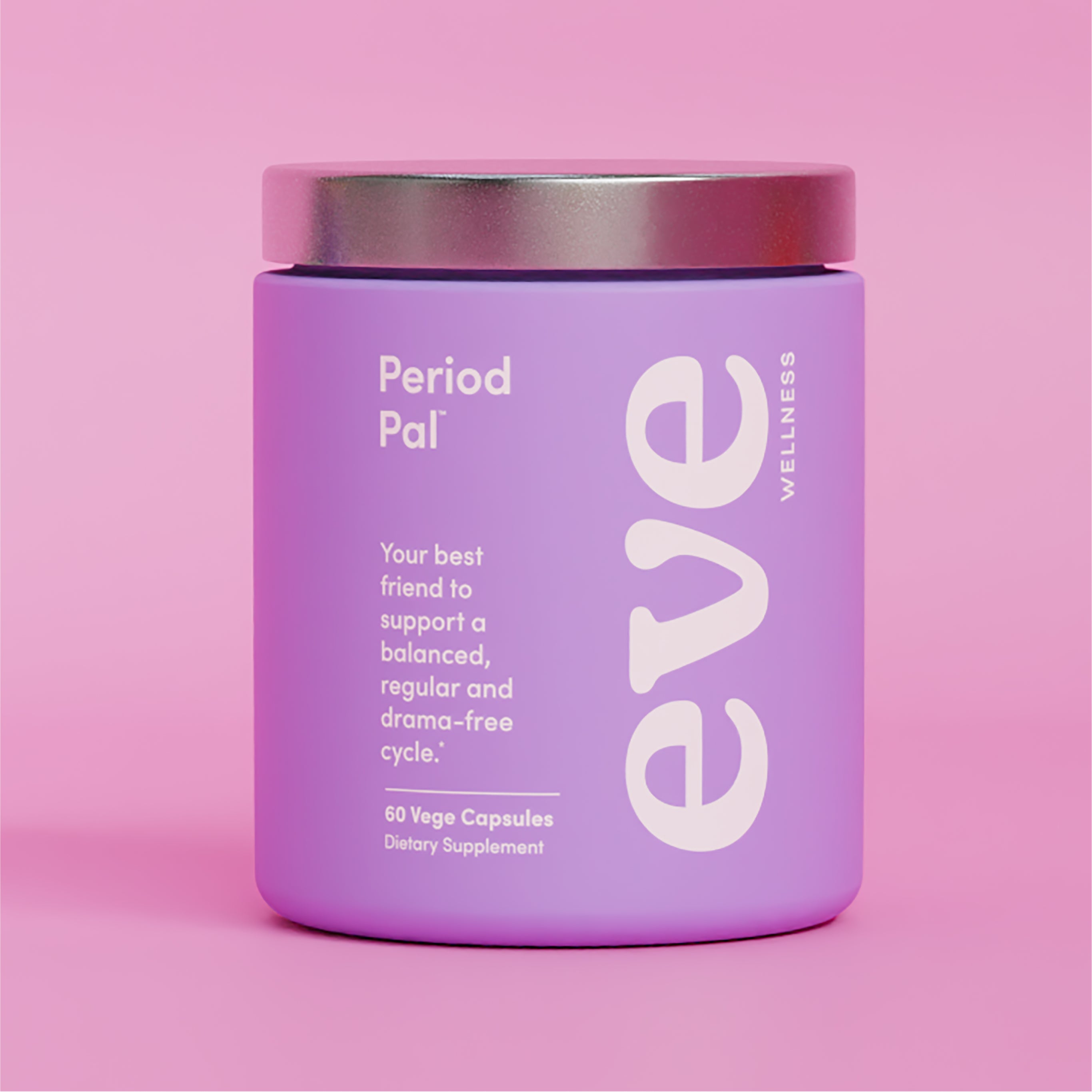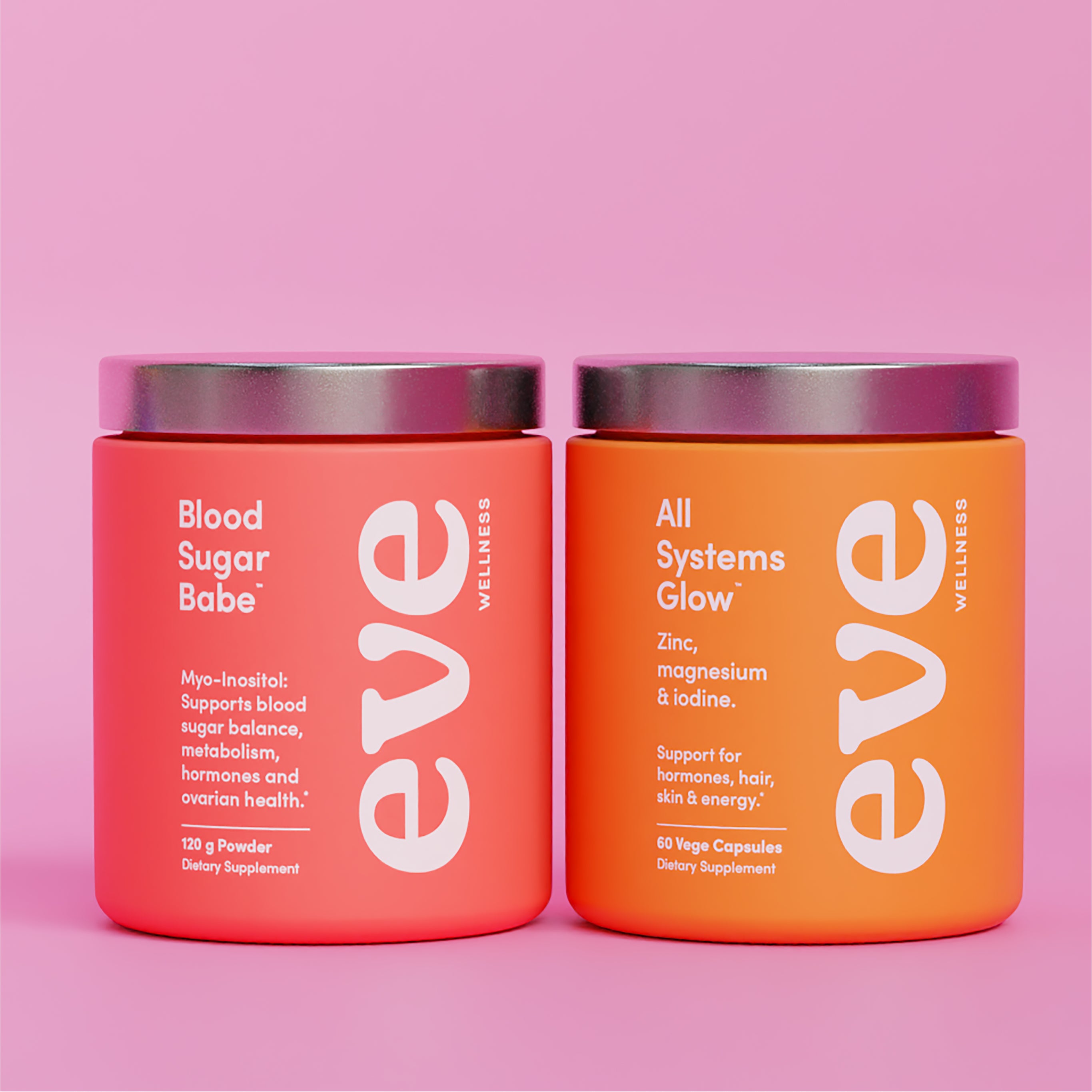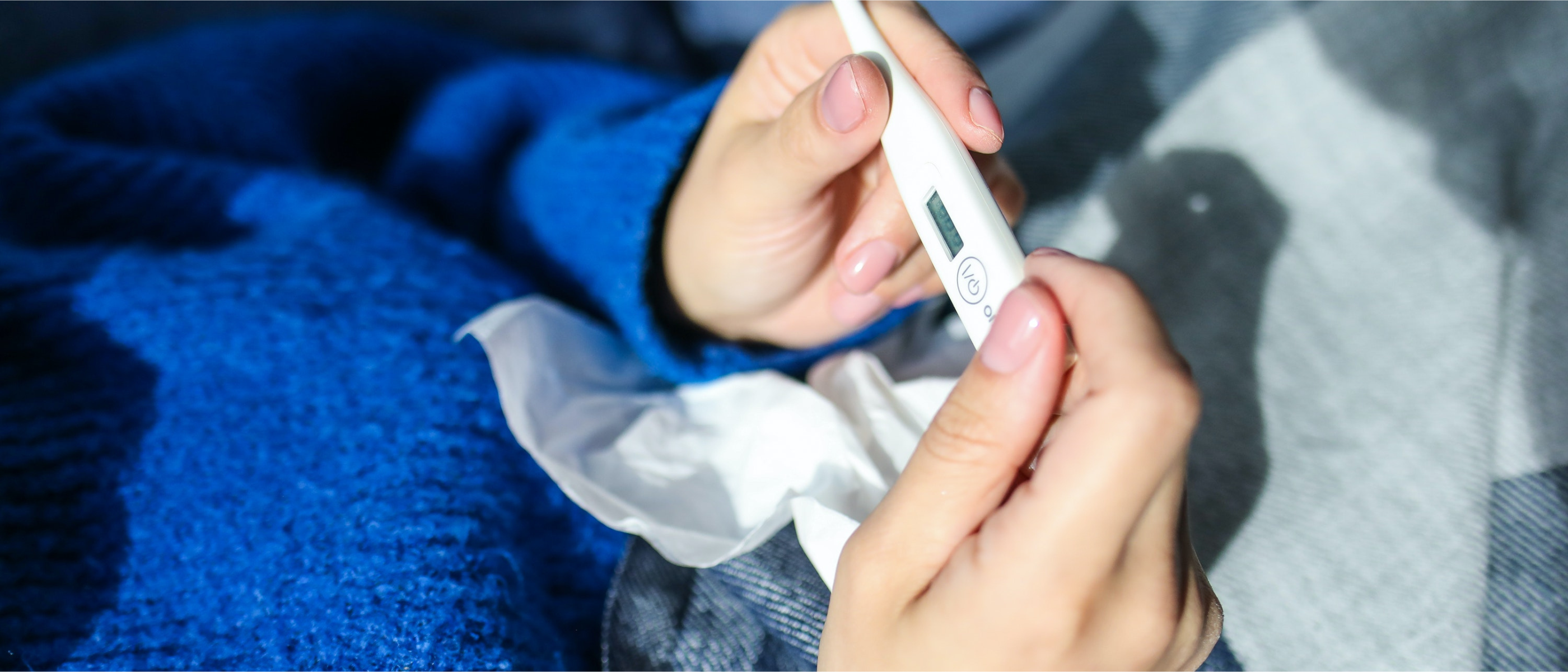We’ve spoken a lot about why tracking your cycle is the new black, but how do you actually do it?
You can stop worrying, we’ve got your back with a full guide on everything you need to know.
You’re welcome, hon.
What am I actually tracking?
To know when you’ve ovulated, the most important sign to monitor is your basal body temperature or BBT.
This is your body’s lowest resting core body temperature, which is measured first thing in the morning just after you wake up, before you get up.
To get an accurate reading it is important to measure your temperature:
- Immediately after waking up
- While you are still lying down in bed before you get up (yes before you pee)
- Around the same time every day if possible
These details are important as movement and the body waking up can raise your temperature and skew your reading.
Note: BBT can tell you when ovulation has occurred, it cannot alone predict when ovulation will occur in the future. When actively trying to plan or avoid a pregnancy, BBT can be monitored along with changes in cervical fluid to determine when you are most fertile.
Why basal body temperature?
Your basal body temperature is lower in the first half of your cycle (follicular phase) due to the low concentration of progesterone in the body during this phase.
The day you ovulate, a temperature dip often occurs, before it rises the next day and stays around this higher norm for the second half of your cycle (luteal phase).
The increase in temperature is the result of the lovely progesterone that is released after ovulation. Progesterone causes a rise in BBT that is slight but noticeable - around 0.3ºC to 0.6ºC .
As your hormones start to ebb away towards the end of your cycle, you may see a drop here. It’s like a mini message from your body saying “period incoming!” - provided you don’t fall pregnant, that is.
Seeing your BBT jump from around 36.3ºC to 36.7ºC the midpoint of your cycle and staying in this range for the next few days is a pretty good indicator that you have ovulated (congrats!).
Fun fact: The increase in body temp also ramps up our basal metabolic rate, which is why you may find yourself hungrier in your luteal phase. You actually need more food.
Other factors such as illness, jetlag and alcohol can also affect your basal body temperature and these should also be taken into account.
Sounds great! Where do I start?
Cycle tracking and fertility awareness isn’t a new concept, but it’s one that’s starting to really gain traction as more women realise the importance of this practice.
The fab thing is, there's already a range of apps and devices ready to help you out.
To track your BBT each morning, you’re going to need 2 things:
- A thermometer or a BBT tracking device.
- Somewhere you can record your daily measurements: either a printed chart or an app.
To keep things as super simple, there are a few fertility tracking devices on the market that will do your daily charting for you. Kindara and Daysy fertility monitors both sync with your phone, automatically recording your BBT. Easy.
There are also a great range of apps that you can use alongside a thermometer, to chart your daily BBT measurements. Some will even learn your cycle and make predictions about your fertility and give you insights into the symptoms you regularly tag.
These are generally free or more affordable than fertility devices.
Some of our favourite apps at Eve are Flo, Natural Cycles and Clue.
Sounds like a lot of admin...
If this all sounds a bit too much for you right now, that’s ok. Here’s where we recommend you start.
Simply download a cycle tracking app and update it with information such as when you have your period and when you experience hormonal symptoms. This is a great way to start getting friendly with your cycle. If your cycle is reasonably regular, you'll begin to see patterns emerge and be able to predict when your period is approaching.
If you find yourself breaking out and crying for no particular reason at around the same time each cycle, you can be pretty sure your hormones are to blame (we can help with this!)
If nothing else, knowing your cycle can mean you never get caught off guard and buying period supplies from a gas station (it happens to the best of us) again.
